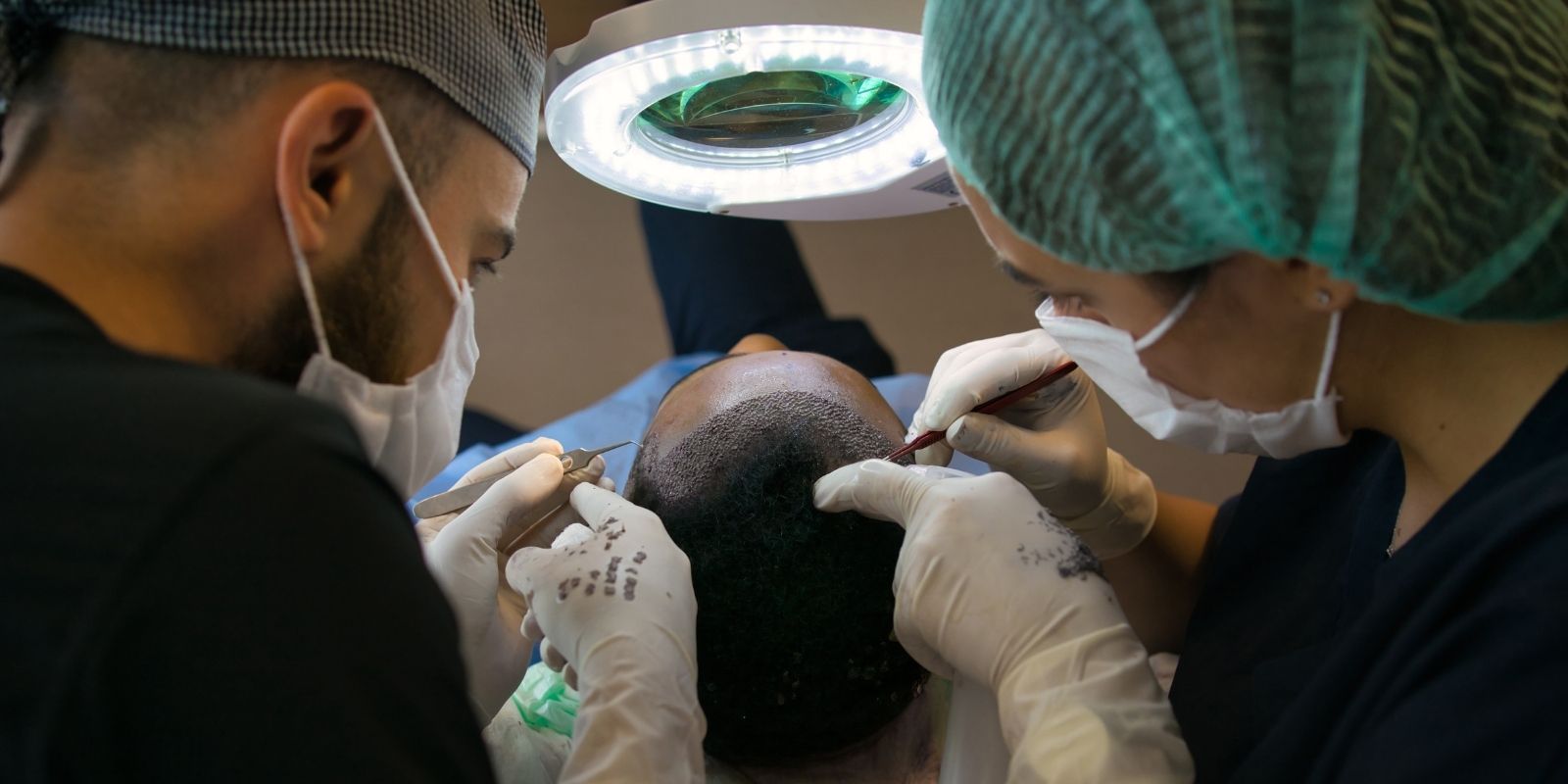
Hair Transplant



Turkey has the second-highest number of hospitals in the country. Turkey is one of the world’s favourite countries for medical tourism due to high-tech, fully-equipped hospitals. Tourists choosing Turkey for care would choose health-related tourism companies to guarantee the continuity...
Read more